Japan is a place of extreme contrasts. It is often associated with bright lights, bullet trains and state of the art technology. Yet many of its deep-rooted traditions and centuries-old temples remain largely undiscovered.
Travel the length of the country on one of our luxury Japan tours by efficient high-speed bullet trains. Explore the iconic cities of Tokyo and Osaka, then retreat to nature.
Get exclusive access to discover true Japanese culture as you travel Japan. Develop your skills in the ancient craft of Japanese sword making, get up close to sumo wrestler training, and discover the art of the tea ceremony.
Join a Michelin-trained chef in cooking the finest soba noodles in the land. Head to early-morning markets for the freshest sushi for a travel experience that engages all the senses.
Visit on a tour of Japan during spring for the iconic cherry blossoms, or the explosion of red hues during the calm days of Autumn.
Swap your shoes for clogs at a traditional Japanese guesthouse ryokan.
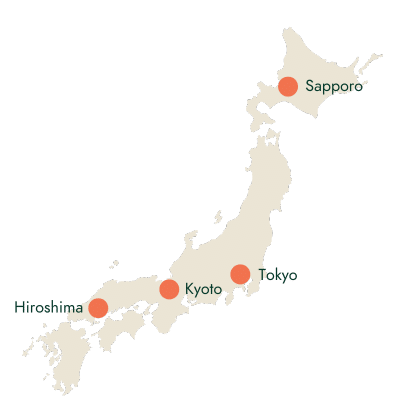
Travelling to Japan with True
Renowned for our access to the country’s finest guides and access, a tailor made trip to Japan with True Travel provides an insight to the country like no other.
Our travel design process starts with you and your ideas, each trip created from a blank piece of paper.
Our Asia specialist’s have created a selection of example itineraries to provide a sense of what can be crafted for you in Japan.
14 Day Itinerary
Guide Price: £8,900pp
Guide Price: $10,700pp
Embark on a journey through Japan’s vibrant culinary scene, where you can craft the freshest sushi and explore an extraordinary array of shops, followed by relaxation in an authentic ryokan after a bustling day.
11 Day Itinerary
Guide Price: £12,500pp
Guide Price: $15,000pp
Embark on a Japanese journey over 10 nights to marvel at the many highlights the country boasts, from natural wonders, authentic ryokans and exciting events such as sumo wrestling, all accompanied by the freshest sushi.
11 Day Itinerary
Guide Price: £9,800pp
Guide Price: $11,800pp
Experience Japan in all its glory during spring, as cherry blossom trees paint the landscape, discovering hot sulphur springs and traditional ryokans along your journey.
9 Day Itinerary
Guide Price: £9,100pp
Guide Price: $10,900pp
Experience the lively, modern city of Tokyo and the cultural marvels of Kyoto, seamlessly combined with an escape to Hakone at the base of Mount Fiji for a wonderful, traditional first time Japan experience.
Embark on a journey through Japan’s vibrant culinary scene, where you can craft the freshest sushi and explore an extraordinary array of shops, followed by relaxation in an authentic ryokan after a bustling day.
Embark on a Japanese journey over 10 nights to marvel at the many highlights the country boasts, from natural wonders, authentic ryokans and exciting events such as sumo wrestling, all accompanied by the freshest sushi.
Experience Japan in all its glory during spring, as cherry blossom trees paint the landscape, discovering hot sulphur springs and traditional ryokans along your journey.
Experience the lively, modern city of Tokyo and the cultural marvels of Kyoto, seamlessly combined with an escape to Hakone at the base of Mount Fiji for a wonderful, traditional first time Japan experience.
A land like Japan, rich in culture, ranging landscapes and strong traditions has a mix of activities sure to make every itinerary special.
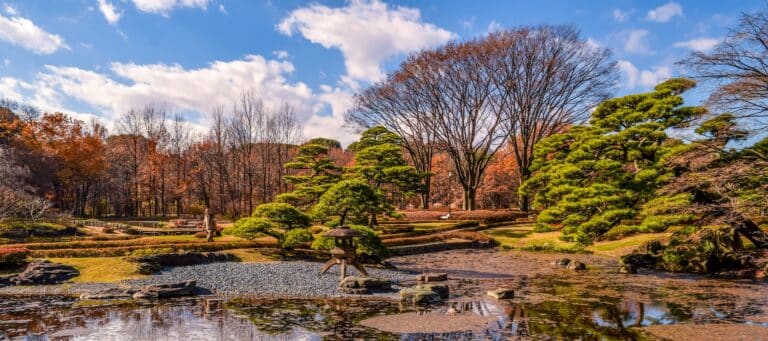
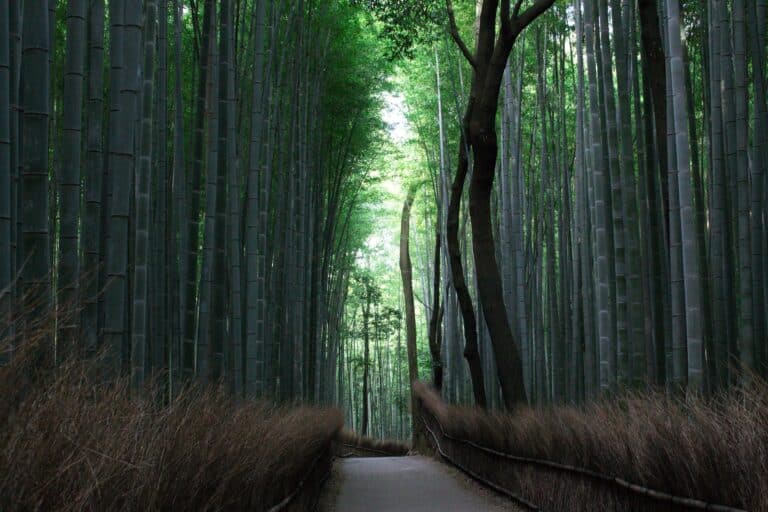
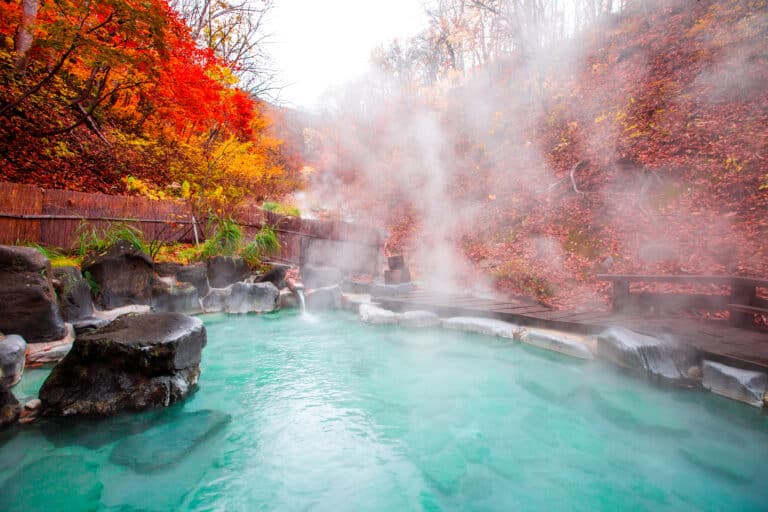
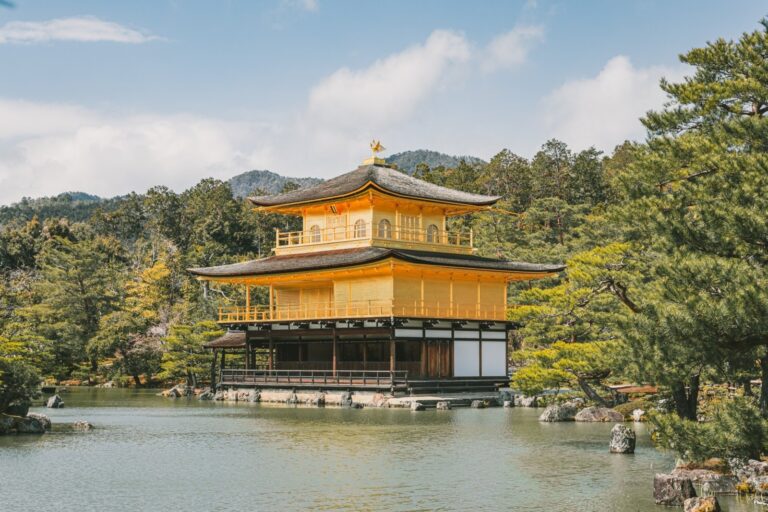
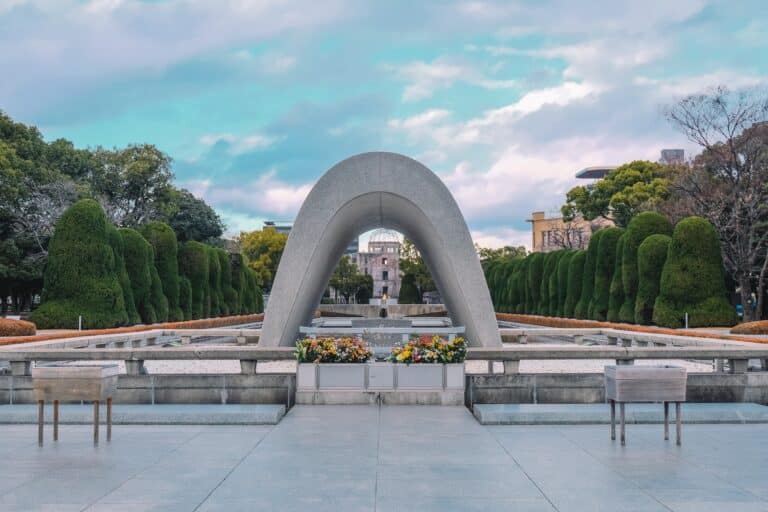
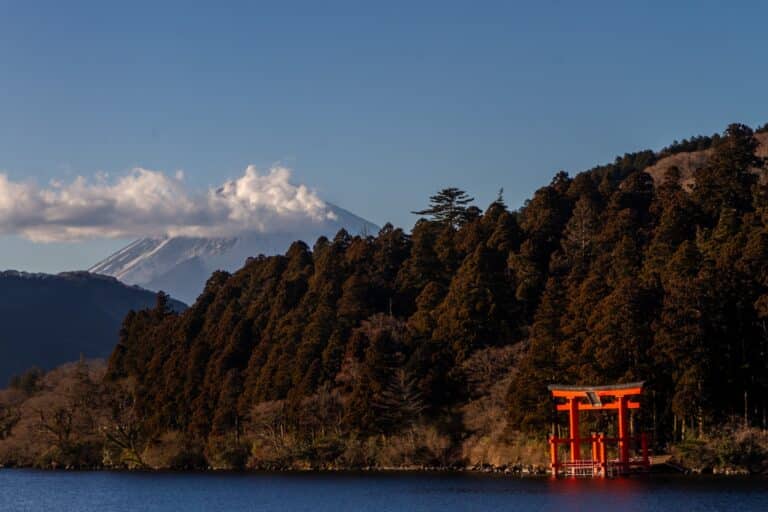
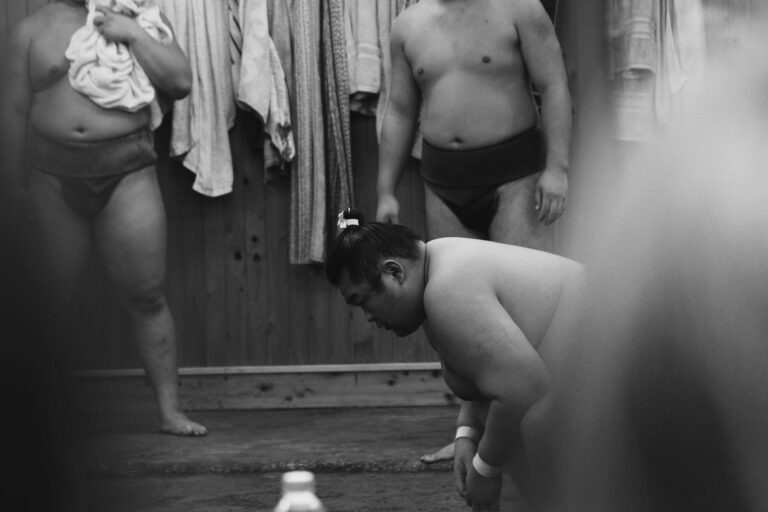
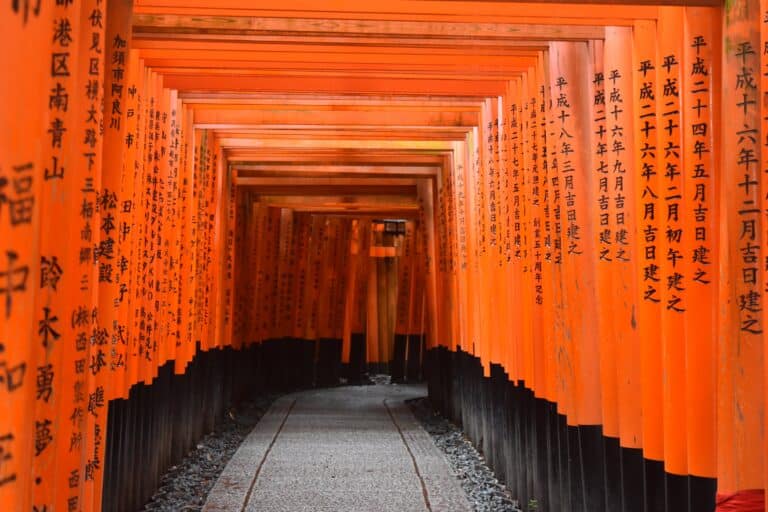
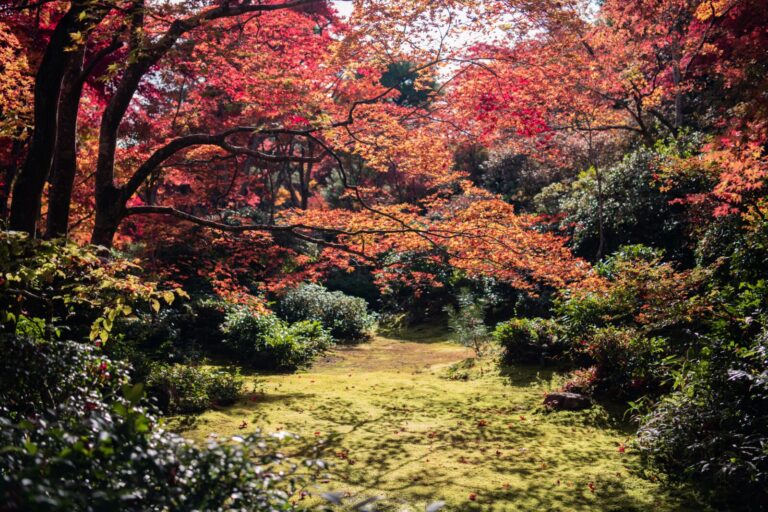
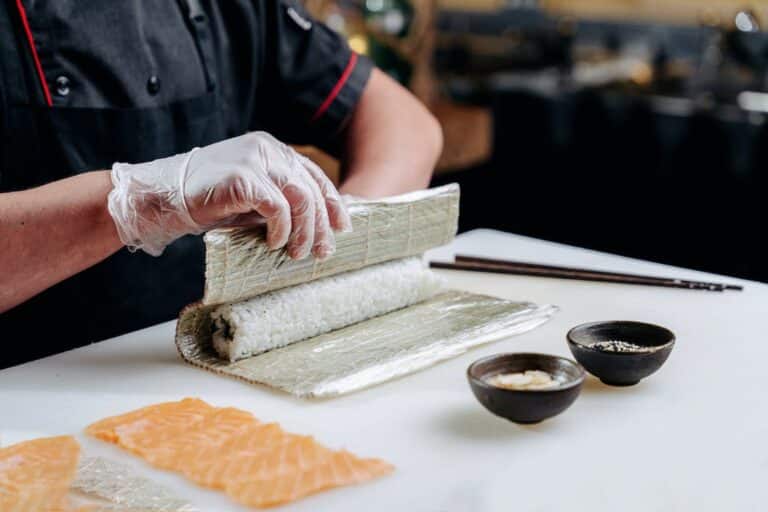
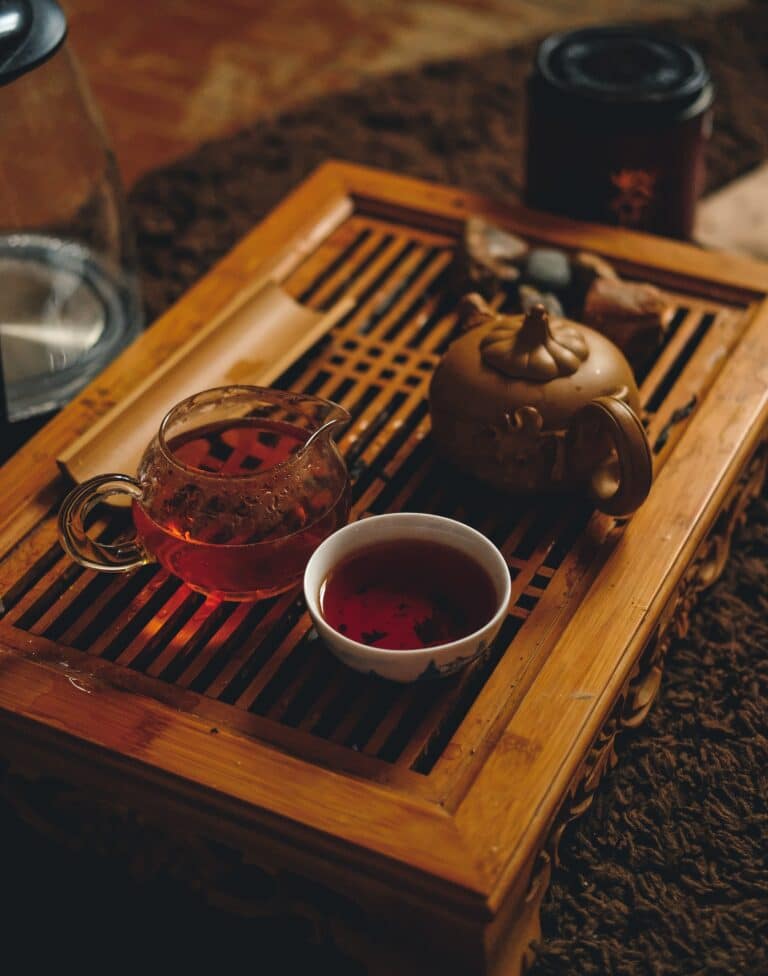
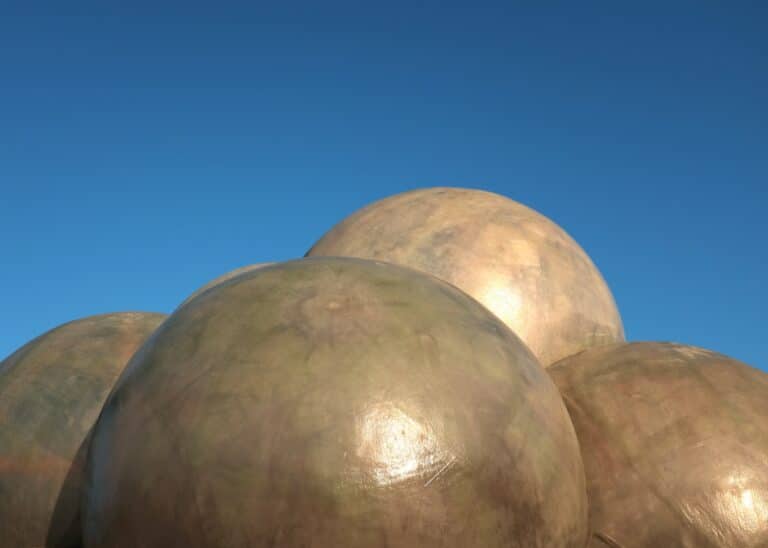
Japan is famous for its hospitality. True Travel partners with the very best properties, ensuring your stay in the land of the rising sun is elevated.
Each trip True Travel curate is based on the experience you are looking for and as an independent travel operator, we are not obliged or committed to any properties. You can rest safe in the knowledge that the accommodation we recommend for your stay has been chosen based on your interests, not ours.
Honouring Japan’s design ethos with its minimalist, thoughtful interiors and traditional materials, Aman Tokyo creates an authentic sense of place with washi paper doors, ryokan-style rooms and engawa platforms.
Set in the former summer villa of the Kan’in-No-Miya Imperial family, this beautiful property blends Japanese hospitality with contemporary elements to create a tranquil base from which to explore the onsen hot springs and natural landscapes of the Hakone National Park.
Nestled in a forested mountainside with mesmerising views over Kawaguchi Lake to Mount Fuji, Hoshinoya Fuji offers a luxurious glamping experience, blending immersive nature activities with minimalist modern Japanese design.
With its perfectly manicured Japanese gardens and views over the Sea of Japan to Miyajima Island, The Sekitei offers a peaceful, meditative stay in serene surroundings but is just 15 minutes from Miyajimaguchi Station.
Kyoto was once Japan’s capital city and the largest city in Japan. It is no surprise then, that it is filled with endless things to do. Arrive in style on a bullet train – reaching speeds of 200 mph. Spend your days wandering through soaring bamboo groves, amble through moss-covered Japanese gardens or admire some of the 3,000 temples and shrines that Kyoto is home to, many nestled amongst the shores of the Kamogawa River.
Hiroshima is the capital of the Chugoku region in the South West of Japan. Despite the atomic bomb that was dropped on the city in 1945, the city is flourishing and is a fascinating inclusion to a Japanese trip.
Our Asia trips are looked after by our Global Sales Director, Pete, so you couldn’t be in better hands. He will look after you start to finish using his expert knowledge of the continent to create a holiday you’ll remember forever.


Pete has been working in the luxury travel industry for 15+ years and has spent the vast majority of that time creating extraordinary trips all across the Asia Pacific region.

INSPIRATION
SIGN UP
Weekly travel inspiration, news and updates from our team of travel specialists
Sign up